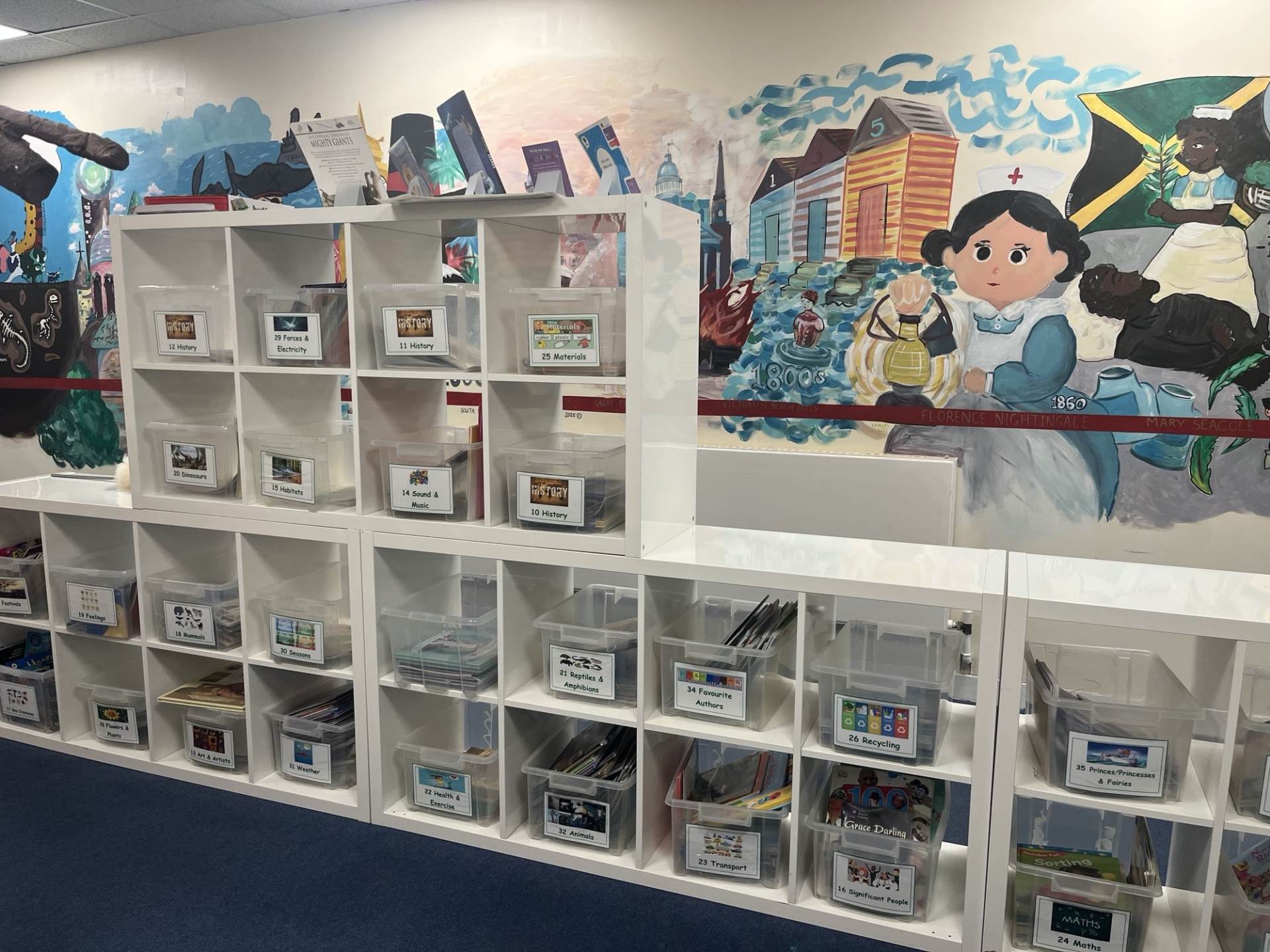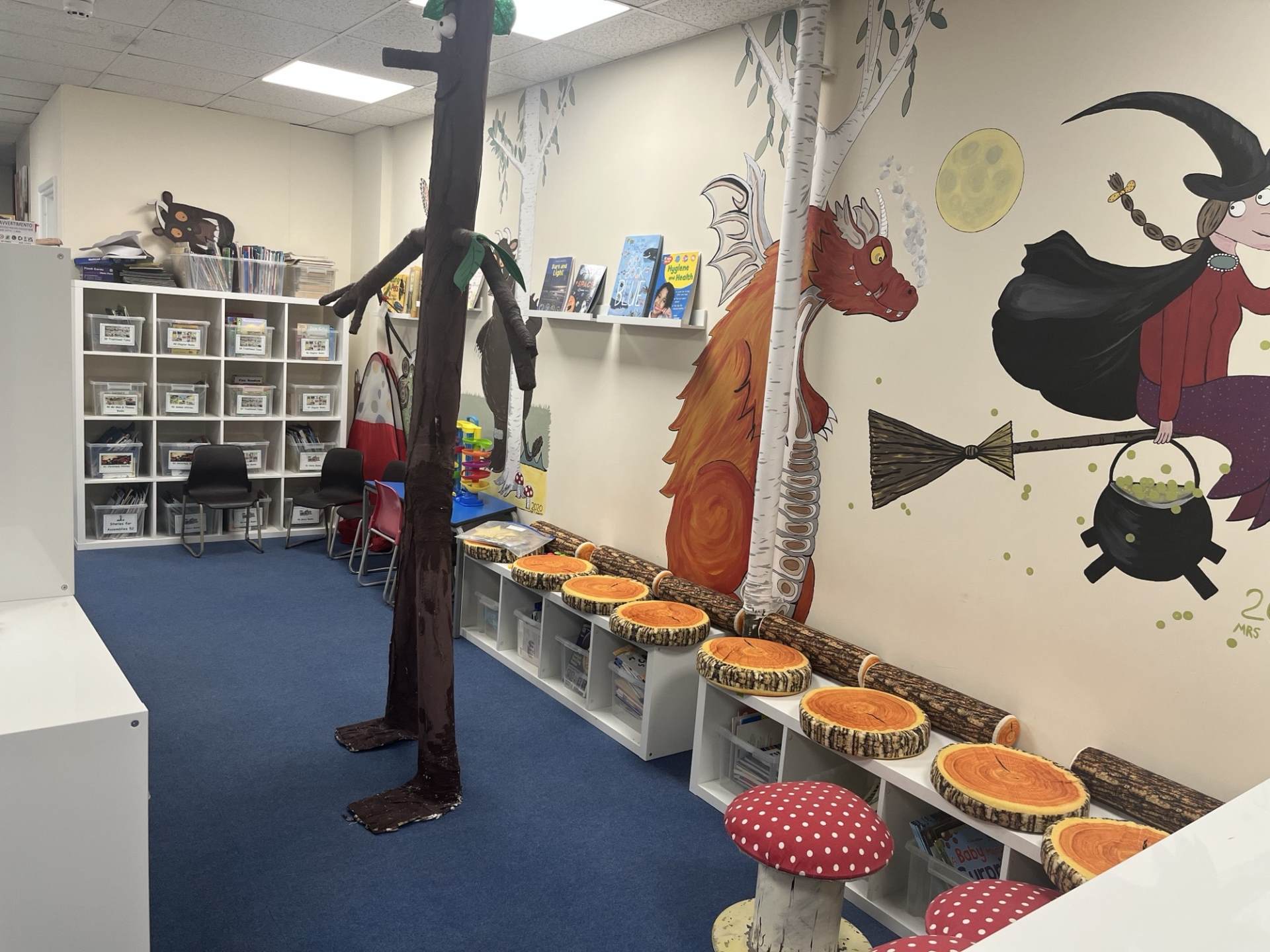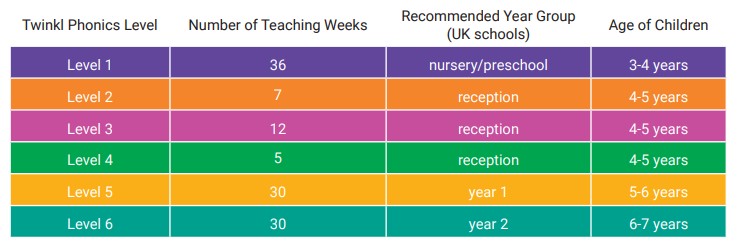Reading and Phonics
Our Approach
At Holt Farm Infant School, we strive to cultivate a love of reading in our children. We encourage them to read both for pleasure and to gain information.
Integral to everything we do is ensuring that we provide an environment where children see the actual value of reading and develop a love for the written word.
All pupils are taught the skills and strategies to read and comprehend a variety of texts, including fiction, non-fiction, poetry, and plays. They are encouraged to read with confidence, fluency, and understanding.
Reading is promoted throughout the curriculum and occurs frequently. Teaching children to read is one of the most critical aspects of their learning, as it equips them with the foundational knowledge and skills necessary to become confident and effective readers.
Every class has story time during the school day to foster a love of books and facilitate quality discussions about the texts. All our classrooms have a book corner with an array of interesting texts to instil a passion for reading in every pupil.
Our library is key to this, and children have many opportunities to visit the school library, where they can choose from a selection of fiction and non-fiction books to share with their friends. The children also visit Rochford Library to experience a working library and to encourage them to join the local library service.


Visiting storytellers, theatre groups, book weeks, and dressing up as characters from books during World Book Day are just a few ways in which we encourage children to become excited about reading.
Children at Holt Farm Infant School children learn to read by being taught a combination of
- Synthetic phonics to blend and segment words
- Sight recognition of high frequency words
- Comprehension skills such as context clues and picture clues
PHONICS
We use the Twinkl Phonics scheme to support daily phonics lessons. This programme helps children learn to read and write by teaching them how sounds (phonemes) match letters (graphemes).
What is Synthetic Phonics?
Synthetic phonics is a method of teaching reading and writing in which words are broken up into their smallest units of sound or ‘phonemes’. Children learn to associate a written letter or group of letters, known as ‘graphemes’, with each phoneme. Sounds are then joined or ‘blended’ together into words for reading or, conversely, whole words are broken down or ‘segmented’ into their sounds for writing. It is the UK’s most preferred method of teaching phonics. Sounds are taught in a prescribed order starting with s, a, t, p, i, n, as this allows for the most words to be made from the start. Such as ‘sat,’ ‘tap’ and ‘pin.’
Key Vocabulary
Here is some of the terminology you might hear as your child begins to learn phonics:
Phoneme - the smallest unit of sound in words
Grapheme - the written representation of a sound GPC
Grapheme-Phoneme Correspondence - being able to match a phoneme with the correct grapheme and vice versa
Blending - joining individual speech sounds together to read a word
Segmenting - breaking down words into individual speech sounds to spell a word
Digraph - two letters making one sound, e.g. ‘sh’
Trigraph - three letters making one sound, e.g. ‘igh’
Split digraph - two letters making one sound which are divided by a consonant, e.g. the i_e sound in the word ‘side’
Tricky/Common Exception Words - words that are not fully decodable, such as ‘the’ and ‘was’
Sound buttons - circles or spots that can be written underneath a sound to support reading
Sound bars - lines that can be written underneath digraphs or trigraphs to show that the letters make one sound
Mnemonic - a visual prompt to help children remember a sound
Scheme Overview

Parent guidance for supporting with phonics
READING SCHEMES
We use the Twinkl Reading Scheme 'Rhino Readers' to support children’s reading development from the early stages.
This scheme is carefully matched to our phonics teaching, ensuring children read books that align with the sounds they are learning.
Twinkl provides a wide range of engaging, levelled reading books that help children practise blending sounds, recognise high-frequency words, and build fluency.
As part of our phonics and reading programme, children learn to recognise key words—also known as tricky words or high-frequency words—by sight. These are common words that often don’t follow regular phonics rules, such as the, said, and was. These are gradually introduced to help build children’s vocabulary, reading fluency, and confidence. Recognising key words quickly supports smoother reading and helps children understand texts more easily.
As children progress through the scheme, they develop confidence, comprehension skills, and a love of reading.
Books are carefully chosen to match each child’s phonics level, enabling them to read independently and successfully. Teachers regularly assess progress to ensure children move through the scheme at the right pace.
Parent guidance for developing comprehension skills
HELPING YOUR CHILD WITH READING AT HOME
- Share books and read regularly with your child at home
- Practice the high-frequency words together
- Talk about the books and ask questions about the stories
- Enjoy lots of books at home as well as the school books
- Visit the local library
- Communicate and share your child’s progress with the teacher through the home/school reading diary.



